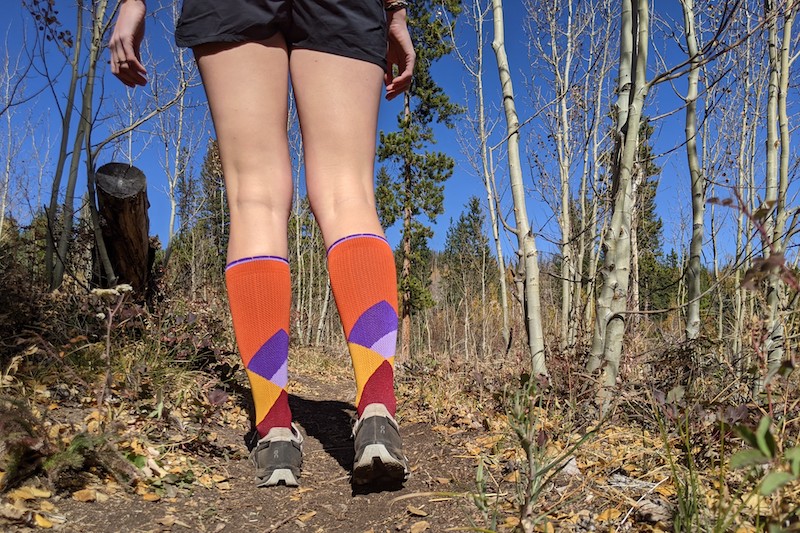
Chronic venous insufficiency (CVI), or vein disease, is the root cause of varicose veins and spider veins. Left untreated, CVI can contribute to a loss of productivity and reduced quality of life.
Varicose veins are part of the spectrum of chronic venous diseases that also cause spider veins. Vein disease occurs when the valves in the veins of the legs fail to function correctly, leading to blood pooling in the lower extremities and increased pressure in the veins. Over time, this can cause the veins to become enlarged and twisted, resulting in the characteristic appearance of varicose veins.
Are varicose veins a health problem?
Caused by various factors, including genetics, pregnancy, obesity, advanced age, or prolonged standing or sitting, varicose veins may seem like just a cosmetic issue. However, these enlarged, twisted, throbbing, or itchy veins can lead to reduced health and lifestyle complications if left untreated.
Complications of Untreated Varicose Veins
Blood Clots
One of the most serious complications of venous insufficiency is the development of blood clots , which can form when blood flow is disrupted or slowed down. These blood clots, also known as deep vein thrombosis (DVT), can be life-threatening if they break off and travel to the lungs, causing a pulmonary embolism (PE).
According to the Centers for Diseases Control and Prevention (CDC), DVT affects as many as 900,000 people in the United States annually, with 60,000-100,000 Americans dying of DVT-related pulmonary embolism. Sudden death is the first symptom in 25 percent of PE cases.
Further, 33 percent of people who have had a DVT have long-term complications (post-thrombotic syndrome) such as swelling, pain, discoloration, and scaling in the affected limb.
Bleeding
Caused by weakening vein walls and valves, varicose veins can sometimes bleed due to a minor injury or trauma to the area. The vein can burst spontaneously by scratching the skin over the swollen vein, bumping into an object, or for no apparent reason. These bleeding incidents can sometimes be difficult to control.
Skin Ulcers
Venous insufficiency can also cause skin ulcers, which are open sores that develop on the legs. Called a venous leg ulcer, these ulcers can be painful and may take weeks or even months to heal. According to the National Institutes of Health, chronic venous disease is the most common cause of leg sores, representing approximately 65 percent of ulcers on the leg.
Leg Swelling
Venous insufficiency can also cause swelling in the legs, ankles, and feet. This swelling can be uncomfortable and make it difficult to move around, impacting your quality of life.
Pain and Discomfort
Varicose veins caused by vein disease can be painful and uncomfortable, especially when standing or sitting for long periods of time. This pain can also make sleeping, exercising, or performing daily activities difficult. Varicose veins can also be unsightly and a source of embarrassment and emotional upset.
Skin Changes
Venous insufficiency and varicose veins can cause changes in the color and texture of the skin on the legs. The skin may become dry, itchy, or discolored and may even develop a rash or infection.
How to avoid varicose veins in the first place!
While venous insufficiency and varicose veins can be serious conditions, there are several things you can do to improve your quality of life if you are dealing with these issues.
- Exercise regularly: Doctors advise anyone who is concerned about varicose veins to walk or ride a bicycle for 30 minutes per week, up to 5 days. They suggest not engaging in certain types of exercise, such as weightlifting and long-distance running, which can cause blood reflux and may cause pressure on your veins.
- Maintain a healthy weight: Excess weight puts added pressure on the veins in the legs, making venous insufficiency and varicose veins worse. By maintaining a healthy weight through diet and exercise, you can reduce this pressure and improve circulation.
- Wear compression socks: Compression socks are a type of hosiery that can help improve leg circulation and reduce swelling. Compression socks can minimize leg pain and swelling by at least 50% if you wear them daily.